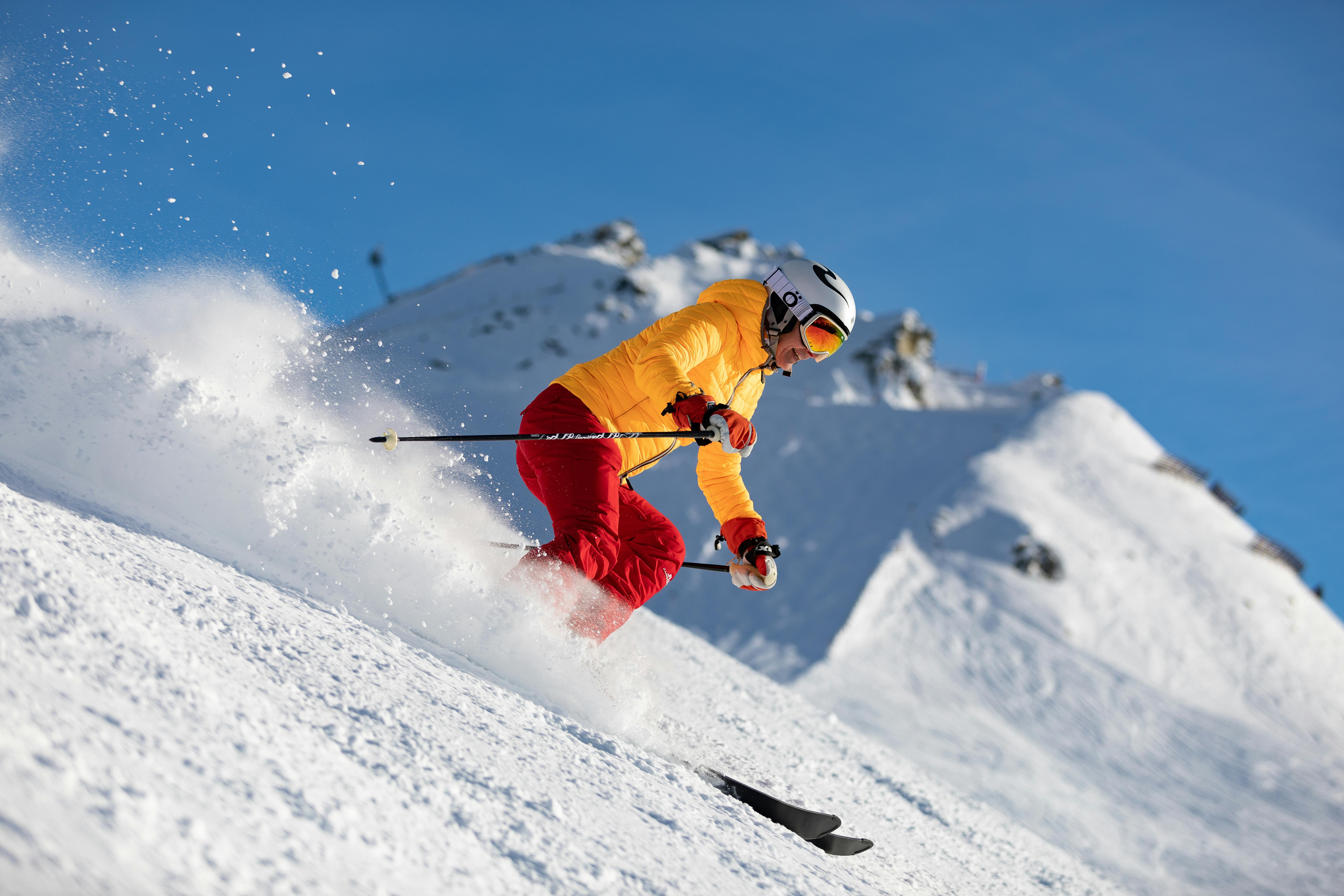Ski: Essential Skills, Gear, and Mountain Considerations
Skiing combines technique, gear, and an understanding of snow and terrain to create a safe and enjoyable winter activity. Whether you are trying skis for the first time or refining technique, knowing how conditions, equipment, and mountain rules interact helps you make informed choices. This article outlines practical advice on starting, choosing ski equipment, reading snow, planning winter trips, and staying safe in the mountains.

skiing: Getting started on slopes
Learning to ski starts with manageable expectations and guided instruction. Beginner lessons with a certified instructor accelerate progress by teaching stance, weight distribution, turning, and stopping in a controlled environment. Progression typically moves from gentle beginner slopes to varied terrain as balance and edge control improve. Allow time for practice: short, focused sessions build muscle memory. If you prefer self-directed learning, consider renting basic skis and boots first, then taking a single lesson to check posture and techniques before committing to purchases or longer trips.
snow: How snow conditions affect skiing
Snow type influences grip, speed, and required technique. Fresh powder cushions falls and allows more float, while packed or icy snow increases speed and demands sharper edges and controlled turns. Wet or heavy snow slows skis and can fatigue legs faster. Groomed runs provide predictable surfaces that are ideal for building confidence. Check mountain reports for recent snowfall, temperature trends, and surface classifications before heading out. Adjust your speed and turn radius to match snow conditions, and understand that wax, ski type, and edge sharpness also change how skis perform on different snow.
winter: Planning ski trips in winter
Effective winter planning balances weather, timing, and logistics. Book accommodations and lift access in advance during peak periods, and check local services for shuttle or rental options in your area. Dress in layers to manage moisture and warmth—base layer, insulating mid-layer, and waterproof shell—plus gloves and goggles suited to expected light conditions. Monitor avalanche advisories and resort alerts for closures or hazards. Factor in daylight hours and travel time, and build in rest periods to reduce fatigue and injury risk. Packing small repair items like duct tape and a multi-tool can solve common on-mountain problems.
ski equipment: Choosing and maintaining gear
Selecting ski equipment starts with fit and intended use. Boots that fit well are critical; a secure, comfortable boot improves control and reduces pain. Skis differ by length, width, and rocker profile—narrower skis suit groomed runs and carving, while wider skis perform better in powder. Bindings must be set for your weight, ability, and boot type by a certified technician. Regular maintenance—binding checks, edge sharpening, and waxing—keeps gear responsive and safer to use. If buying is premature, rental shops and local services offer modern equipment and advice so you can test different setups before investing.
mountains: Understanding terrain and safety
Mountain awareness means recognizing terrain features, weather shifts, and risk zones. Stay on marked trails until you have the skills and avalanche knowledge to venture off-piste. Learn common mountain signals, obey signage, and maintain line-of-sight spacing with others to reduce collision risk. For backcountry travel, carry appropriate safety gear—avalanche transceiver, probe, and shovel—and never travel alone; take an avalanche safety course first. Respect local rules and environmental considerations, and use “in your area” resources to find trail maps, patrol contacts, and emergency numbers so you can respond quickly if conditions change.
Skiing rewards preparation: matched equipment, an awareness of snow and weather, thoughtful trip planning for winter conditions, and respect for mountain terrain all contribute to safer, more enjoyable days on the slopes. Build skills gradually, maintain your gear, and use local services to supplement knowledge and equipment choices for the best experience.






